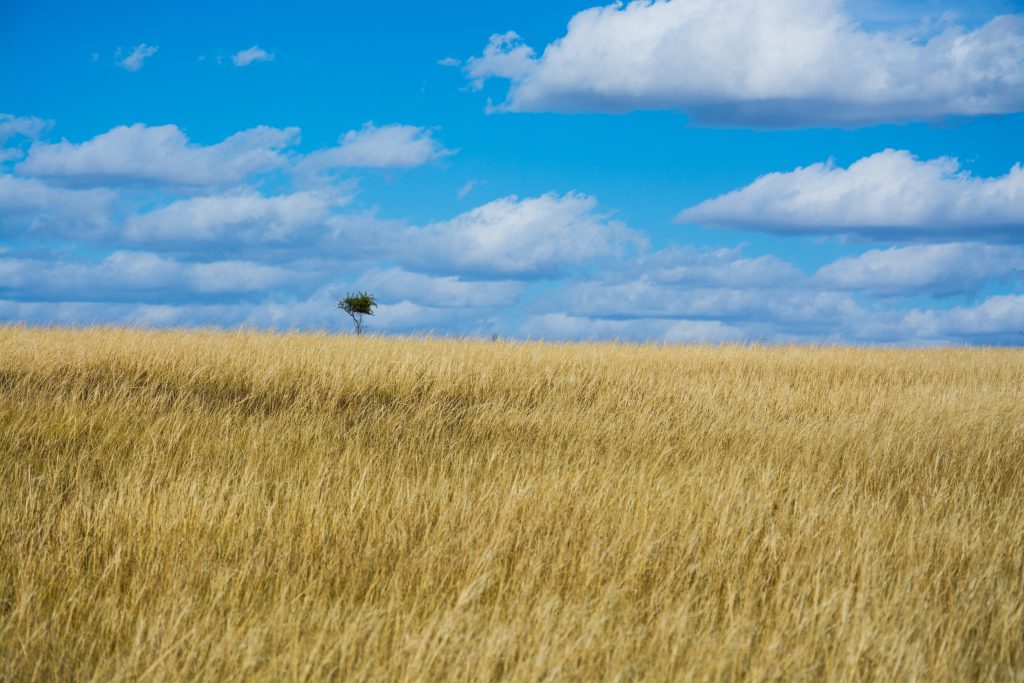Canada News
To be resilient, the Canadian Prairie needs lots of wetlands

When many Canadians think of the Prairies, they envision beautiful endless landscapes of agricultural fields stretching across the horizon, perfect for a photo-op on a cross-country road trip. But what is missing from this imagery are the once-ubiquitous pothole wetlands, a defining feature of the region.
In the Canadian Prairies, wetland drainage has resulted in the loss of more than 40 percent of natural wetlands. The impacts associated with this drainage are largely unmitigated.
Wetlands are key ecosystem features that provide numerous services, like water purification, that are integral to social and ecological systems. Because wetlands occur largely in depressions, they regulate stream flow by acting as reservoirs for snow and rain, and many are places where groundwater can be replenished.
In the prairie climate, the presence of water lends these systems to being a crucial habitat for many organisms.
Read more: Warmer, wetter climate benefits some birds as wetlands vanish
Drainage and agriculture
Wetland drainage is a long-standing practice that takes many forms. Wetlands are drained during road building and urban expansion, but on the Canadian Prairies, wetland drainage is most widely used as part of a suite of agricultural practices to manage surface water.
Beginning in the late 19th century, provincial governments played a key role in using drainage as a tool to increase the land available for agricultural production. Today, individual values along with social and economic pressures can drive decisions to drain wetlands.
Notably, crop producers have faced increasing economic pressure to drain wetlands, in part due to the increasing size of farm equipment that makes it difficult to work around “nuisance” wetlands, but also because of policy goals to increase crop production. Wetland drainage is ongoing, but this comes at a cost.

Drainage impacts
Our research presents the most current and comprehensive synthesis of western scientific understanding of impacts of wetland drainage in the Canadian Prairies. Our findings show that impacts are numerous and widespread, but also dependent on local context.
The removal of wetlands through drainage reduces the capacity for water storage on the land, and can increase the magnitude and frequency of downstream flooding. These impacts may be exacerbated in the future, as more intense weather events become increasingly common.
Perhaps equally important in this region are the impacts to groundwater — many residents rely on shallow groundwater supplies for potable drinking water for human consumption or animal husbandry. Draining wetlands, particularly small ones where water collects temporarily in the spring, breaks the connections by which groundwater reserves are replenished.
Wetland drainage effectively short-circuits the biophysical system, quickly routing water that would be returned to the atmosphere by evaporation or stored in groundwater, to downstream bodies of water. This increases nutrient export to these downstream systems.
Loss of nutrient retention capacity provided by wetlands exacerbates water quality challenges, and algal blooms resulting from nutrient enrichment in lakes and reservoirs are on the rise. Ultimately this impairs drinking water treatment, can lead to fish kills and reduces opportunities for recreational enjoyment, among other effects on these water bodies.
Biodiversity and wetlands
Loss of wetlands from the prairie landscape also has severe impacts on biodiversity, as these features are biodiversity hotspots. Pollinator habitat loss is an important consideration in light of evidence that habitat for key pollinators can increase crop yields.
Loss of biodiversity is likely the largest impact of wetland drainage. The habitat provided by wetlands, particularly vegetation at wetland margins, provides an important refuge that can mitigate against the extremes in climate possible in the region.
Read more: Warmer, wetter climate benefits some birds as wetlands vanish
The costs and benefits of wetland drainage are many, and vary based on both the land’s characteristics and local agricultural practices. Society loses valuable ecosystem services when wetlands are drained, and shares the cost, including increased flooding, aquatic nutrient pollution and loss of biodiversity.
The choice to drain or not rests with individual agricultural producers who can benefit economically from wetland drainage. At present, there is insufficient incentive provided for individual landowners to conserve wetlands, despite the societal benefits of wetland conservation.

Towards resilience
Stewardship of social-ecological systems requires acknowledging that they are rarely static. This is especially true in the Prairies, where the last 10 years have seen the wettest period on record and, more recently, some of the worst drought conditions.
Resilient social-ecological systems have a high capacity to respond to diverse disturbances and a wide range in conditions associated with natural climate cycles. Diversity is a prerequisite to this ability to respond to stress, and it has been argued that a move towards more sustainable systems should embody these natural cycles.
Homogenous landscapes have less ability to adapt during inevitable periods of stress, threatening the resilience of natural prairie systems. Continued wetland drainage in favour of landscape homogenization is a pitfall.
In this region, where agriculture has transformed the landscape into one of the most heavily managed in the world and the impacts of wetland drainage are widespread, there has been a push from decision-makers to answer the question: “Which wetlands must we keep?”
Answering the question above is a complex one and inevitably involves value judgements. With impacts of wetland drainage and associated costs to society well-documented, and a large proportion of wetlands lost to date, it is important to conserve wetlands of all sizes and types, and in sufficient number.
The precautionary principle, seven-generation thinking practised by Indigenous people and the need for resilient social-ecological systems prompt us to instead ask: “Which wetlands can we possibly afford to lose, while maintaining critical food production, biodiversity, water, water quality and limiting the risk of floods?”
Colin Whitfield, Assistant Professor, Environment and Sustainability, University of Saskatchewan and Christopher Spence, Adjunct professor, Water Security, University of Saskatchewan
This article is republished from The Conversation under a Creative Commons license. Read the original article.





















